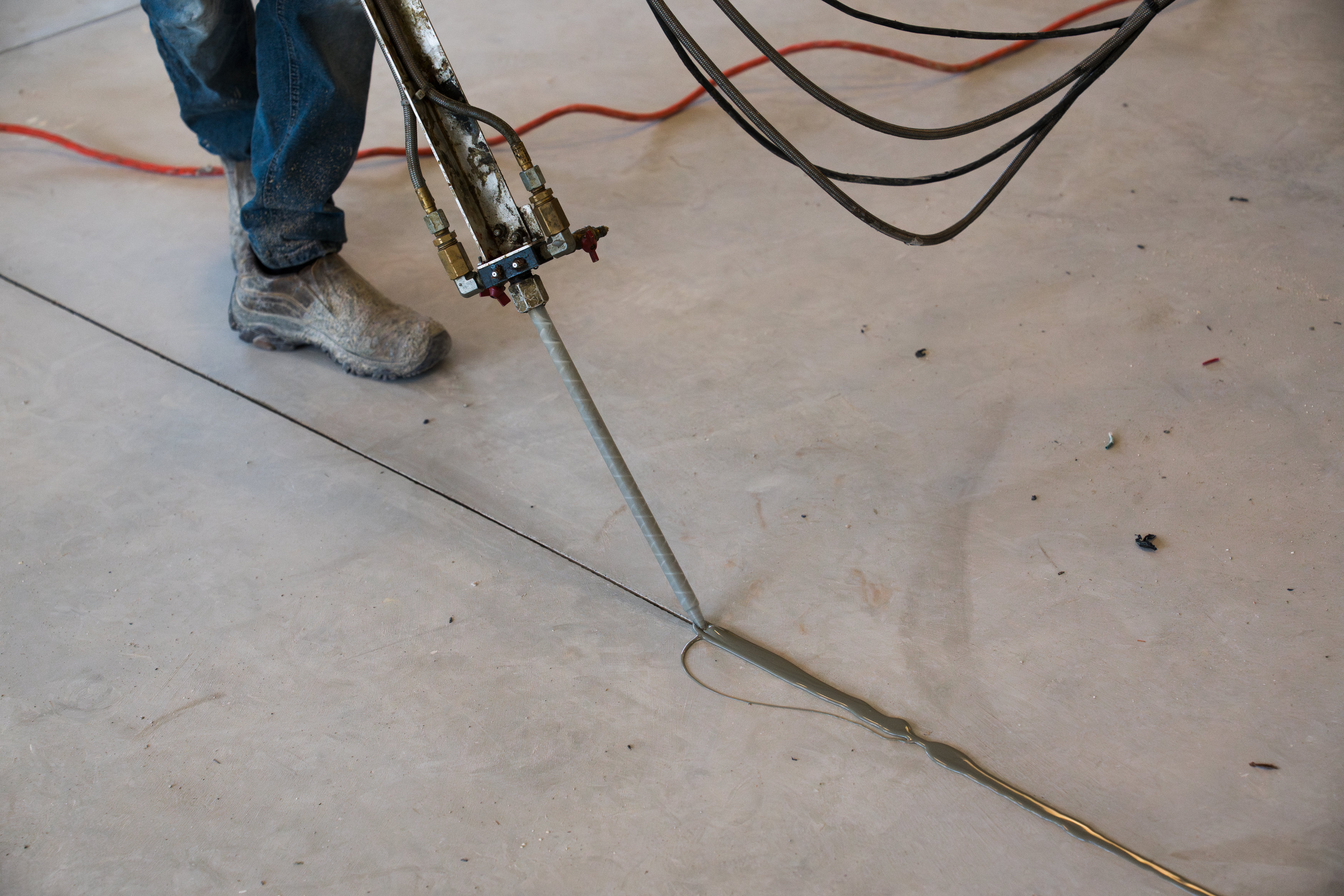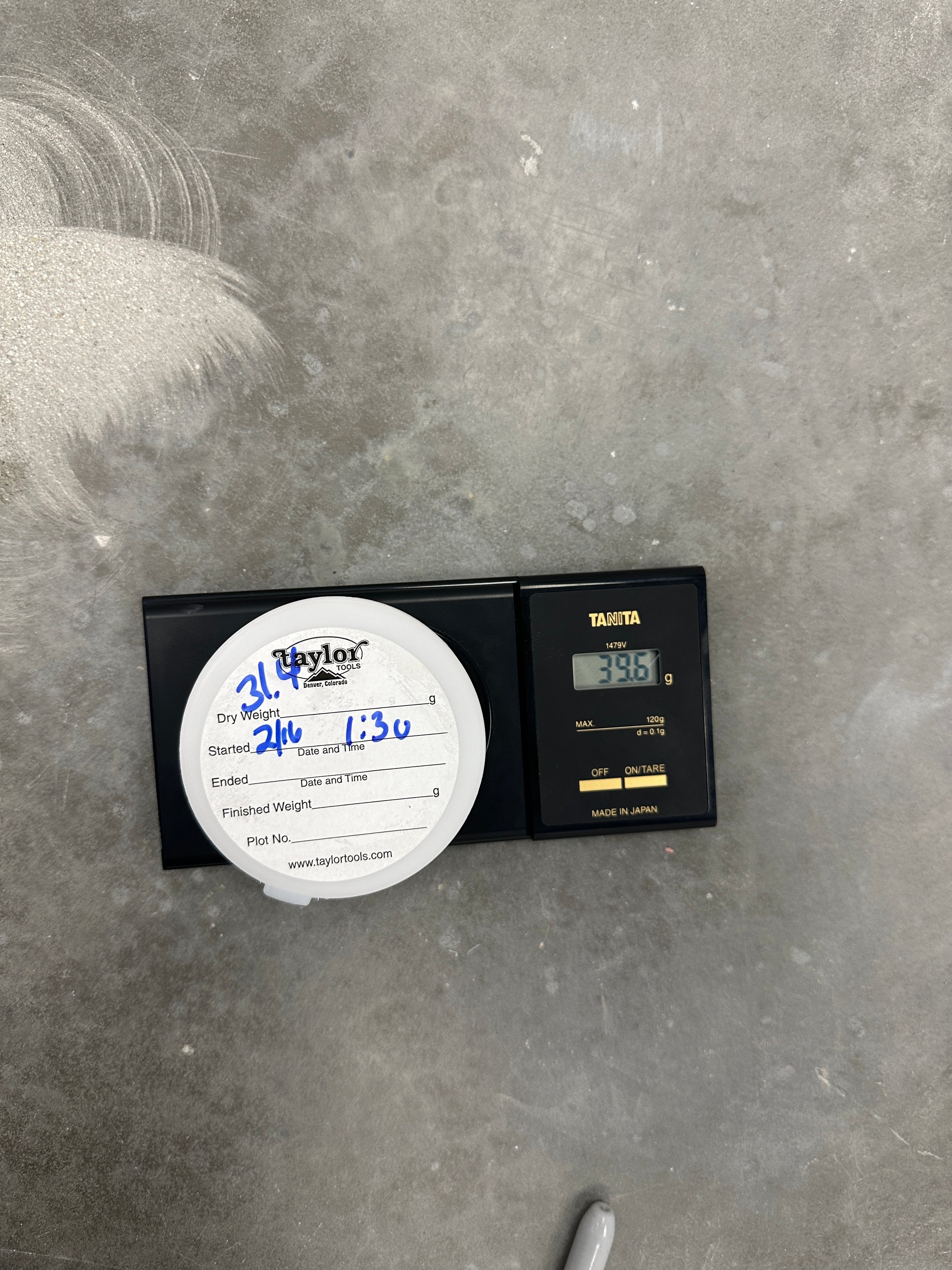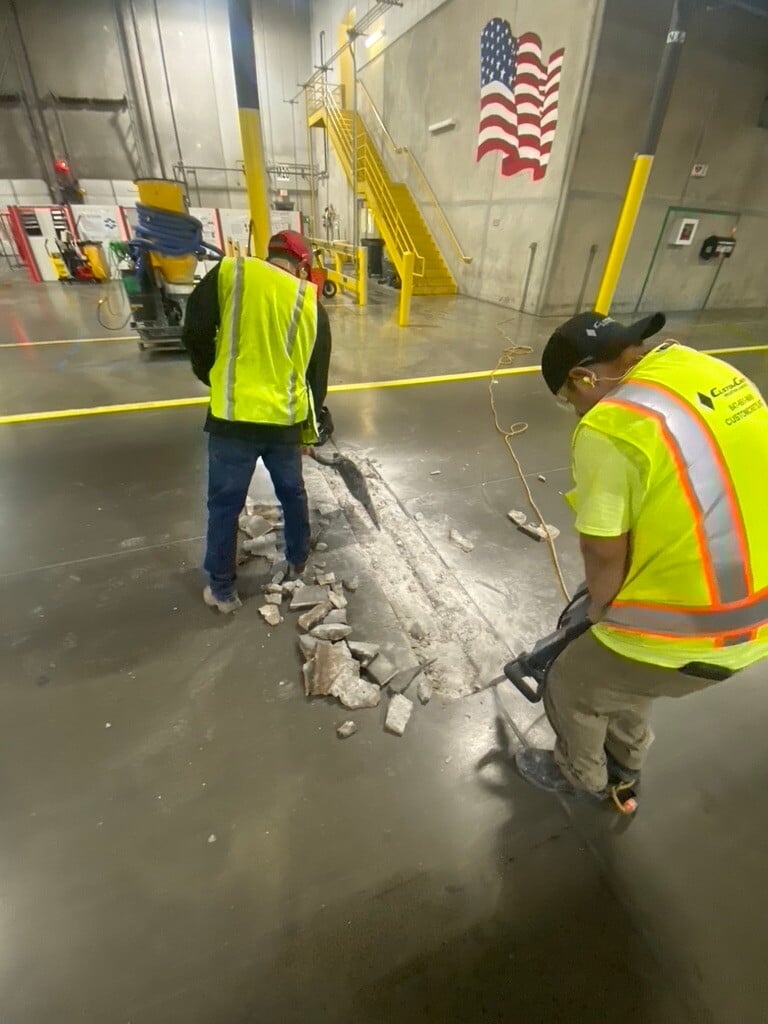Grinding vs Shot Blasting Concrete: What’s the Right Prep Method for Your Project?
August 8th, 2025
3 min read
By Tom Dassie

When it comes to installing a new concrete coating or flooring system, preparation is everything. Without the right surface profile, even the best coatings can fail—leading to delamination, poor adhesion, and costly repairs. That’s where two of the most common surface prep techniques come into play: concrete grinding and shot blasting.
Both methods are widely used in industrial, commercial, and manufacturing environments, but they aren’t interchangeable. Choosing the wrong one for your project can affect how well your floor performs long-term. In this blog, we’ll explore the key differences between concrete grinding and shot blasting, when each is used, and what factors to consider when making your decision.
Why Surface Prep Matters for Concrete Floors
Before diving into the differences, it’s important to understand why surface preparation is so critical. Coatings, sealers, and overlays rely on a properly profiled concrete surface to bond effectively. Without that, even high-quality flooring systems can lift, peel, or wear prematurely.
The right surface prep:
- Creates the ideal profile (texture) for adhesion
- Removes existing coatings or residues
- Opens up the pores of the concrete for better absorption
- Smooths out high spots or imperfections
- Reveals hidden damage or moisture issues
Both shot blasting and concrete grinding can achieve these goals—but in very different ways.
What Is Concrete Grinding?
Concrete grinding is a mechanical process that uses rotating diamond bonded tooling to remove surface layers of the concrete. Depending on the grit used, grinding can produce a very smooth surface or a rougher texture suitable for certain coatings.

When to Use Concrete Grinding
Concrete grinding is typically used when:
- You’re prepping for thin coatings, sealers, or polished concrete
- You need a smooth or level surface
- You’re removing adhesives, glue, or paint
- There’s unevenness or surface imperfections to correct
Benefits of Concrete Grinding
- Creates a flatter, more level surface
- Works well for interior spaces where dust control is needed
- Ideal for polished concrete and grind-and-seal finishes
- Can be adjusted to achieve different levels of roughness
Limitations of Concrete Grinding
- Slower than shot blasting for large areas
- May not produce a profile rough enough for heavy-duty coatings
- Generates dust, though HEPA vacuums are often used to contain it
What Is Shot Blasting?
Shot blasting uses a machine that forcefully propels small steel beads(shot) at the surface of the concrete. The beads “blast” away surface layers, creating a roughened texture and removing contaminants at the same time.

When to Use Shot Blasting
Shot blasting is preferred when:
- A deeper profile is needed for thick coatings or overlays
- You’re working in industrial areas where durability is key
- The coating manufacturer requires a CSP (Concrete Surface Profile) of 3 or above
- You need to strip away sealers
Benefits of Shot Blasting
- Creates a highly textured surface ideal for strong mechanical bonds
- Fast and efficient for large, open areas
- Can remove tough coatings, adhesives, and surface damage
- Doesn’t create airborne dust (the beads and debris are collected within the machine)
Limitations of Shot Blasting
- Can leave noticeable lines or striping in the concrete (corn rows)
- Not suitable for creating ultra-smooth finishes
- May require additional steps to remove embedded shot or sharp edges
- Not ideal for delicate indoor environments or detailed edge work
Choosing the Right Method for Your Facility
When deciding between concrete grinding and shot blasting, consider the following:
- What type of coating or finish are you installing?
Thicker coatings and heavy-duty epoxies typically need a rougher profile from shot blasting. Thin sealers or polished concrete benefit more from grinding. - What condition is your existing concrete in?
If you have uneven surfaces, high spots, or adhesive residue, grinding may be the better prep method. If your surface needs aggressive texturing, shot blasting can be more effective. - Where is the project taking place?
In cleanroom, food-safe, or indoor environments, dust control and noise may matter more—making grinding the safer option. In large, industrial settings, shot blasting may be faster and more cost-effective. - What does the coating manufacturer recommend?
Always match your prep method to the system specifications provided by the product manufacturer. Many will list a required CSP level, which helps guide the decision.
Final Thoughts: Prep Is the Foundation of Success
Choosing between concrete grinding and shot blasting isn’t about which method is “better”—it’s about selecting the right tool for your specific job. Both have their place in the world of surface preparation, and both are capable of producing high-performing results when used appropriately.
If you’re unsure which prep method your floor requires, working with an experienced contractor can help ensure the surface is properly evaluated and prepared for long-term coating success.
Need help deciding how to prep your concrete floor? Request a quote to talk with a CustomCrete surface prep expert.
Topics:




.jpg?width=1200&height=1600&name=Copy%20of%20IMG_1457%20(1).jpg)














